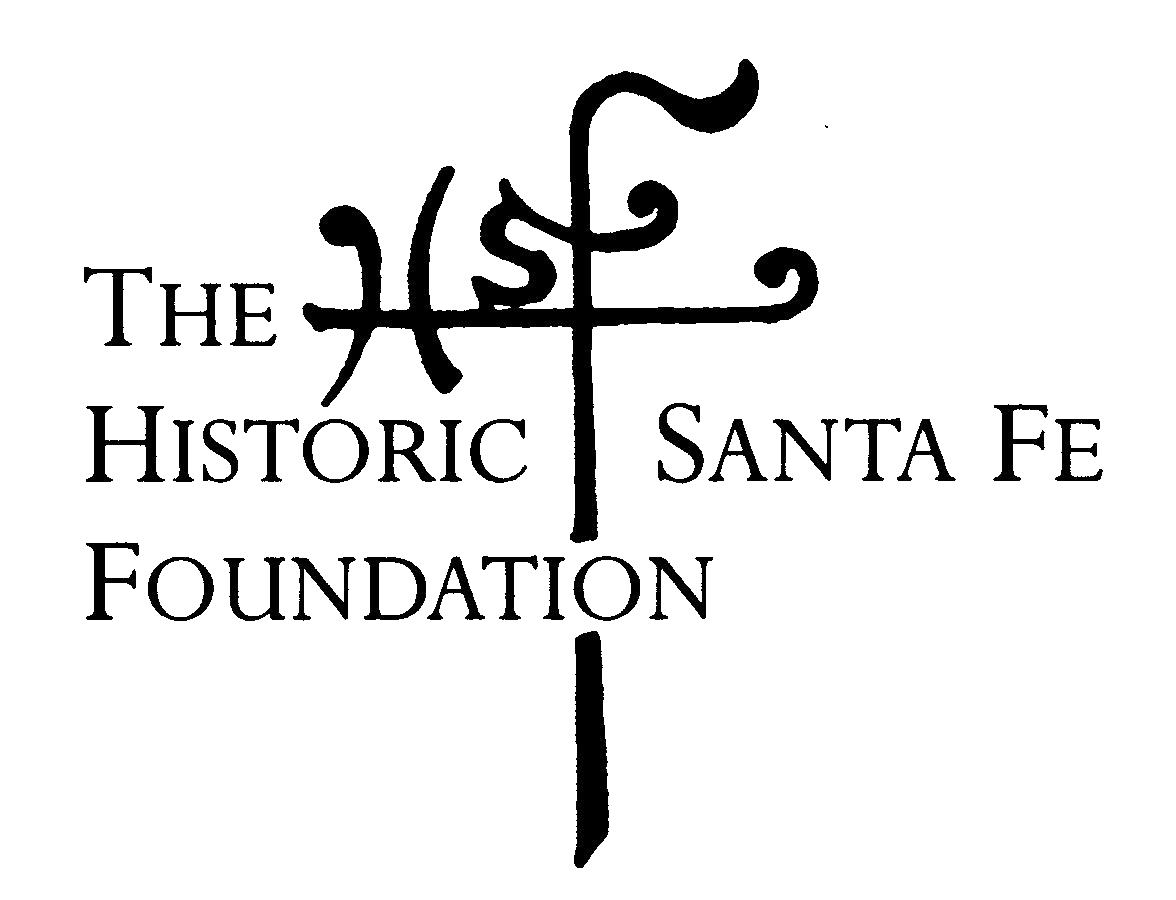Two Santa Fe Design and Architecture Books Reviewed
/Santa Fe Modern, Interior image
Santa Fe: Sense of Place, Interior image
Santa Fe: Sense of Place and Santa Fe Modern - Reviewed by Pete Warzel
(Information and purchase link at bottom of this page)
Santa Fe design is having a season. Santa Fe Modern and now this big book Santa Fe: Sense of Place, bookend the holidays and new year. It is enough to drive the Instagram junkies of all things Santa Fe mad with photo envy. These are two sumptuous books about design elegance in the land of Santa Fe Style.
Santa Fe: Sense of Place by Jane Smith is large format, heavy with weighty paper, and wall-to-wall photographs. It is lush. Smith is a New Mexico transplant via Alabama, Chicago and Aspen, and principal of Jane Smith Interiors, a design studio specializing in residential space. Given her profession, it is no wonder that she has access to the homes portrayed in the book.
The book is a treatise on the quietude of space. The eighteen homes included add up to the sense of place that defines Santa Fe and presents its best face to a world fascinated by the style of this very unusual kingdom of New Mexico. She uses introductory essays by the owners of the houses, and so presents a more intimate approach to sense of home. “Our house speaks for itself. It has its own voice, communicated through its textures and curves, it creaks and sighs.” (Carmella Padilla and Luis Tapia, regarding their adobe home in La Cienega). Christian Waguespack, curator of 20th century art at the New Mexico Museum of Art, says in his introductory essay, “…artists and creative people have come to New Mexico to reinvent themselves, often by crafting deliberate environments through their homes.” This book presents the home as the personal.
And not surprisingly, although pure New Mexico in style, many of the details are international in flavor. African masks, Aboriginal dream paintings, modern Scandinavian furniture touches. My favorite surprise detail is a large patinaed sign of the Lamb and Flag. It sits, in the book, over a substantial oven in the kitchen of a magnificent John Meem house in Santa Fe, but in reality is a pub in Oxford, UK, where C.S. Lewis, Tolkien, and the rest of the Inklings would meet and discuss writing, literature, God and politics, over several pints of ale, if not across the street at the Eagle and Child. It all fits somehow, in the ambience of our city.
Dominique Vorillon and Peter Vitale did the principal photography, and it is magnificent in the large format of the book. Paul Baxendale is cited as a contributor to the publication and his apartment is featured as one of the homes. Paul is a resident at our El Zaguán, and his interior is a clear statement of how design can make the old adobe apartment a gem of a residence. It presents El Zaguán in its best light.
The contrast of the architecture and interiors presented in Santa Fe Modern could not be more striking, yet likewise appropriate for the geography and style of high desert New Mexico. The book presents modern architecture and interior design in another collection of spectacular homes. Where Smith’s book celebrated homes filled with the collections of lives, Helen Thompson’s survey of the modern focuses on the spare, at times minimalist aesthetic of modern design. Both work well in the stark New Mexico landscape.
These homes include wonderful pieces of contemporary art, an eclectic mix of furniture, and the aesthetic that perhaps surprisingly, in a modernist style, says “Santa Fe.” The views over the landscape to the homes in the photos, or the views out from the rooms into the sky and piñon covered hillsides, are unmistakably New Mexico, and the fit of the structures into that geography is sound. Appropriately, the chapters for the photo-essays of the houses are titled to recall the land around them: Sky View, About Light and Time, Sight and Sounds, Out on a Ledge…. Thompson, in her introduction, opines that “The houses represent a revelation of the rightness of context (of which Santa Fe is the quintessential example)….”
Santa Fe: Sense of Place, Interior image
As in Santa Fe: Sense of Place, the cross-fertilization of styles works exceedingly well with elegant adobe architecture. The chapter “Pueblo Revival” explores the modernist sensibility of John Meem, again, with his traditional exterior and viga-ceilinged interiors crafted to “clarity and elegance”. These rooms are furnished with modernist European pieces defining a sleek, clean space that allows the great bones of the house to show through.
Casey Dunn did the exquisite photographs of these fascinating spaces. Line, distinct and straight, like nothing found in the undulating lines of the old houses, provides a literal frame to view the desert around the built-environment. Dunn places his photographs within this intriguing frame.
“Porn” has taken on a new, second meaning in the past several years, and I use it affectionately so here. “Television programs, magazines, books, etc. that are regarded as emphasizing the sensuous or sensational aspects of a nonsexual subject and stimulating a compulsive interest in their audience” so defined by Oxford Languages, the publisher of The Oxford English Dictionary. My wife watches Cavalier King Charles Spaniel porn on Instagram, I tend toward fish porn, as do my angling partners. The aesthetic of what you might love brought to you in living color, high definition, hinting at secrets, is the draw.
So these two books. We all want to see inside other people’s houses, and the homes represented in these two books are the ultimate look inside. They are creative, elegant, colorful, and unequivocally satisfying if you have any affinity for design. They are the design essence of where we live. Good form.
Santa Fe: Sense of Place, Interior image
Santa Fe Modern, Interior image
Santa Fe Modern by Helen Thompson
Photography by Casey Dunn
Foreword by Laura Carpenter
The Monacelli Press
Hardcover, 240 pages
$50.00
Read the book review of Santa Fe: Sense of Place and Santa Fe Modern by Pete Warzel
Santa Fe: Sense of Place by Jane Smith
Photography by Dominique Vorillon and Peter Vitale
Foreword by Pamela W. Kelly
Introductory Essay by Christian Waguespack
Hardcover, 272 pages
$75.00
Read the book review of Santa Fe: Sense of Place and Santa Fe Modern by Pete Warzel



















